The 22 Weirdest Military Weapons
Iceberg aircraft carrier

During World War II, the British conceived of an ice-cold killing machine: a massive aircraft carrier that was essentially a fortified iceberg, called Project Habakkuk. The idea would be to take a small amount of wood pulp, mix it with ice to make an unbreakable structure that would take months to melt but would require little in the way of raw materials. Fixes would be as easy as pouring in some water. U.K. Prime Minister Winston Churchill gave development the go-ahead in 1943, but unfortunately, the carriers were about as absurd as they sound. For one, making them would require giant freezers, and for another, the massive structures would be incredibly slow and heavy, and would require insulation with cork to keep from melting, according to Charles Frederick Goodeve, a Canadian scientist who was privy to the development talks.
Big Babylon
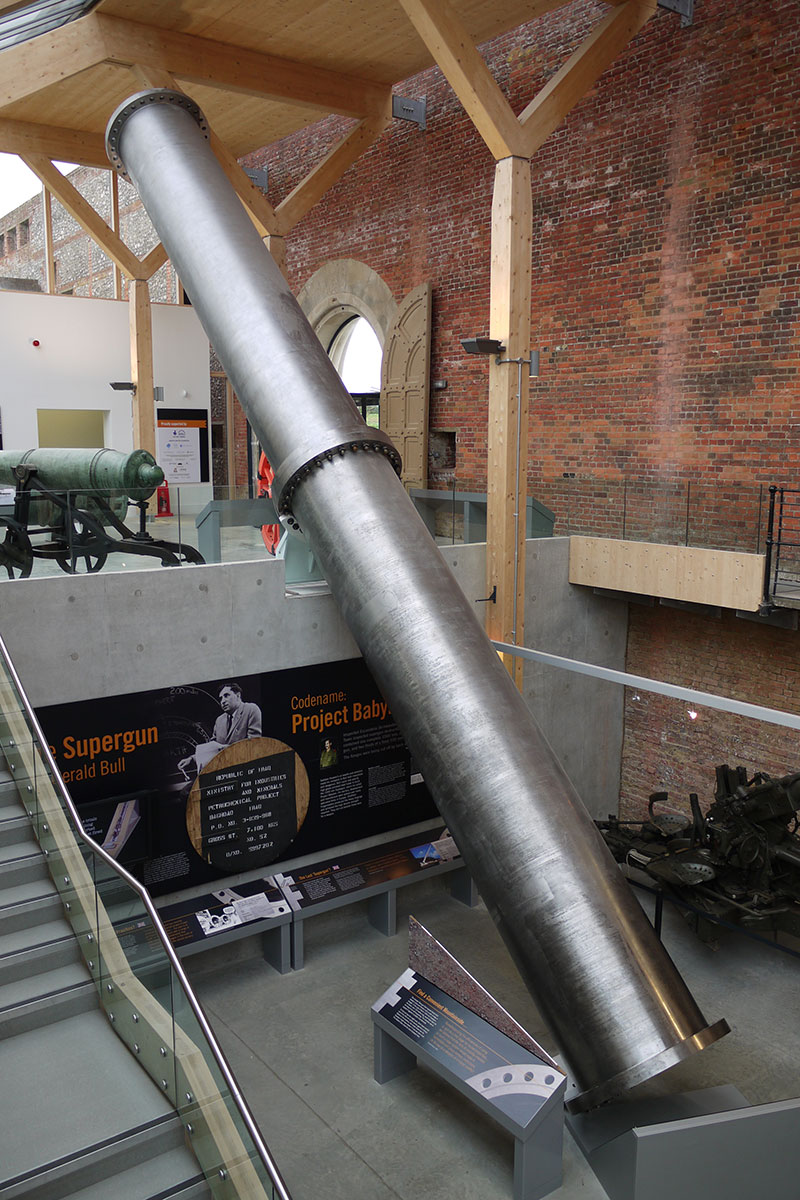
Sometimes, a weapon is outlandish not because of its design, but due to its size. In the 1960s, a British inventor came up with a scheme for a truly monstrous, ground-mounted "supergun." With a 512-foot-long (156 meters) barrel, the gun was known as Big Babylon and was big enough to be seen from space. Though the plans never got off the ground in the 1960s, the inventor, Canadian Gerald Bull, eventually began working on its development for Saddam Hussein, then dictator of Iraq, in 1988, and made several prototypes. Ultimately, Bull's dream was to use the guns for launching satellites, and such behemoth guns would have been impractical in true warfare, given how large and immovable they were, BBC reported.
Flashlight gun
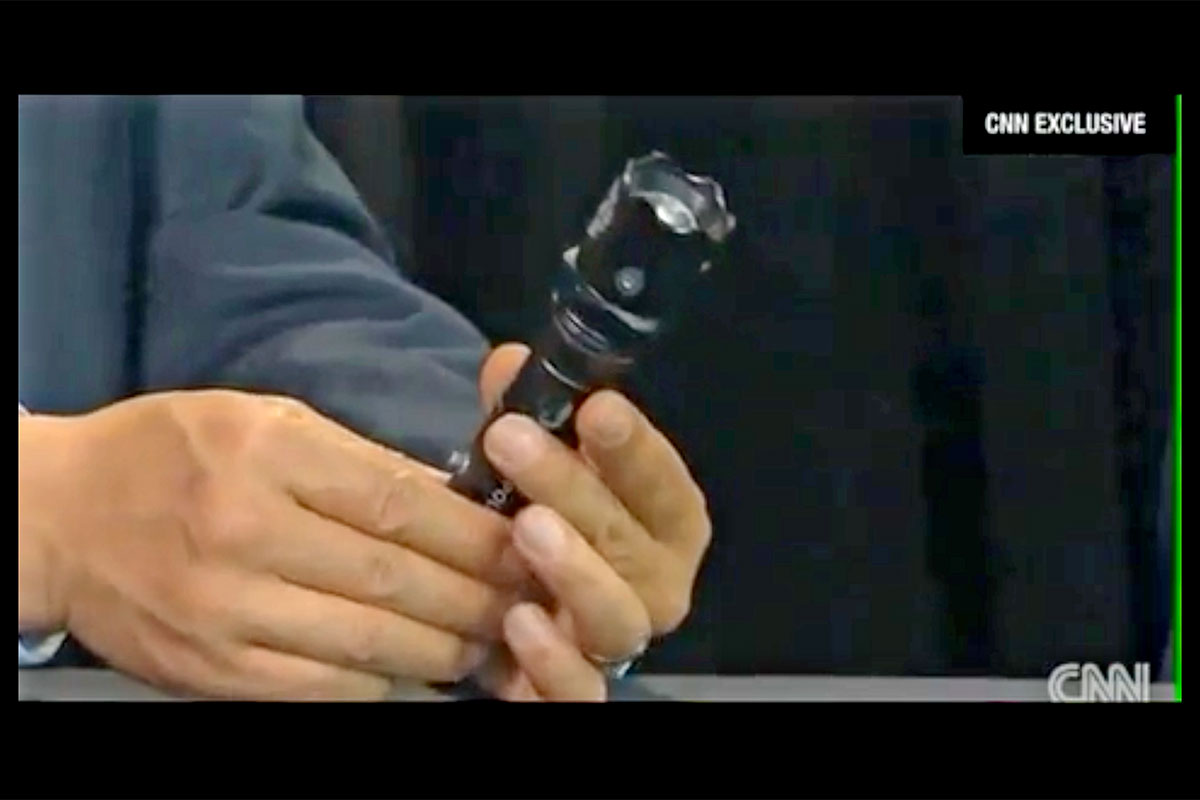
North Korean spies seem to be caught in the James Bond Era. When assassins from the country tried to kill the activist Park Sang-hak, the South Korean intelligence agency found a number of tiny, Bondian-weapons on the spies. Among the finds were two poison pens and a tiny flashlight with three tiny holes for bullets, CNN reported.
Vortex ring gun
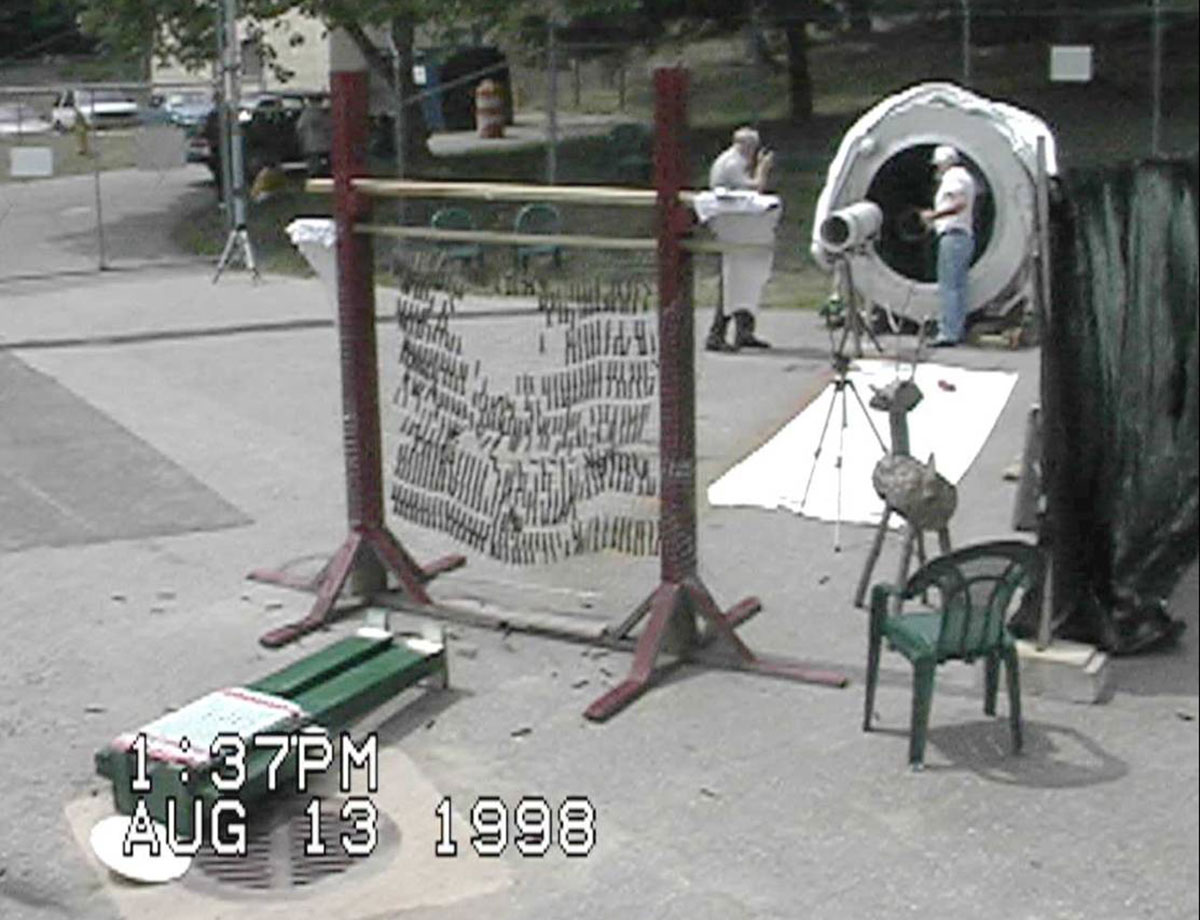
One nonlethal weapon that never got off the ground was the vortex ring gun, a weapon that would project high-energy rings of air that could knock people down or spray them with doughnut-shaped rings of chemicals. The project has been under development by the U.S. Army since 1998. A similar project, known as the whirlwind cannon, was developed by the Nazis during World War II, as a way to shoot down Allied planes using a huge projectile of air launched from the ground. But the project never came to fruition, because shooting down fighters at such high altitudes and speeds would have been impossible, Die Welt reported.
Gay bombs
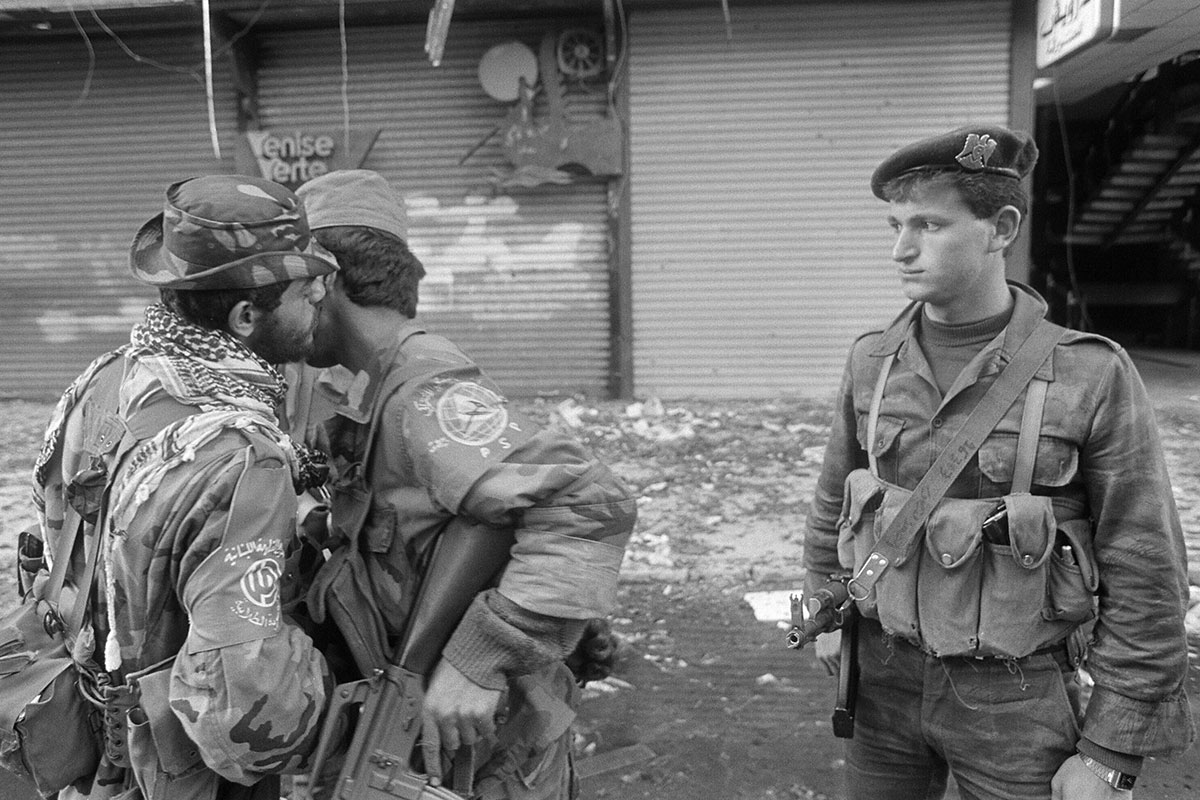
In 2005, the Pentagon confirmed that military leaders had once been interested in a chemical weapon that could make enemy troops sexually irresistible to each other, according to Military.com. The Air Force Wright Lab received $7.5 million dollars in 1994 to develop a weapon that would harness a hormone naturally present in the body in low quantities. When enemy soldiers breathed it in or absorb it in their skin, the idea went, they would become irresistibly attracted to each other. Not surprisingly, many people found the idea offensive and impractical.
Human-zee warriors
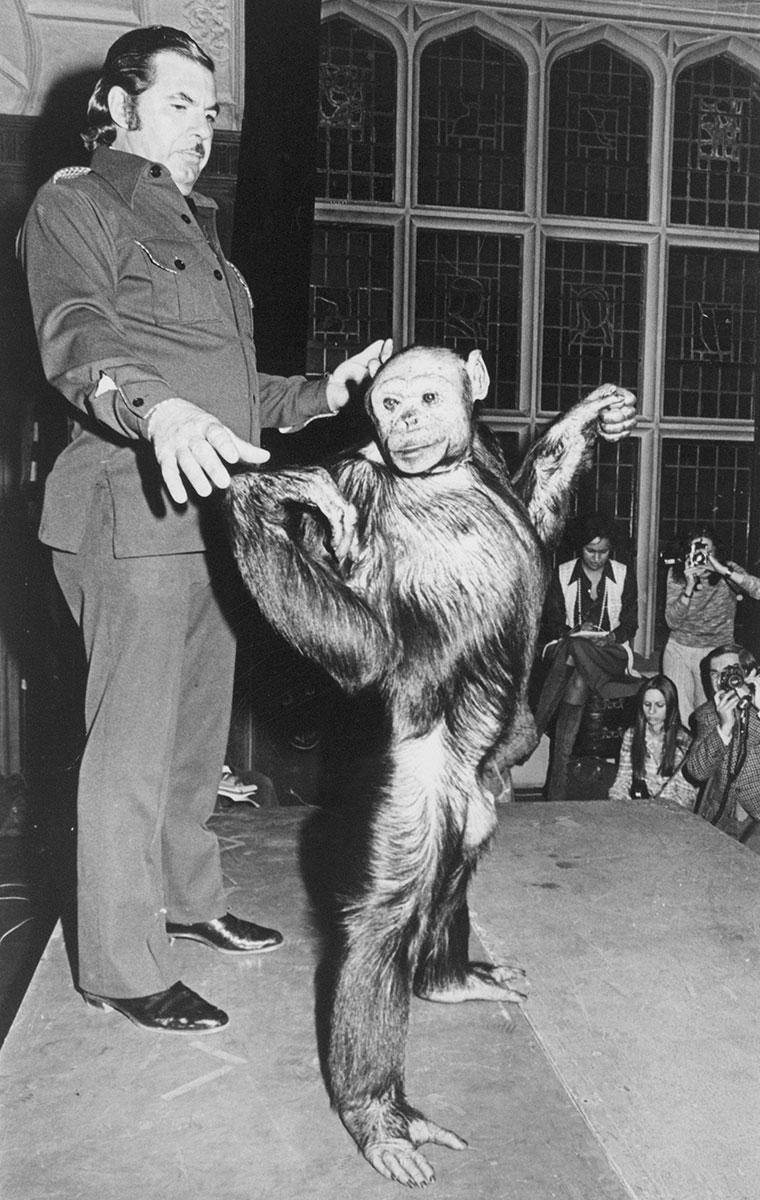
Some outlandish weapon ideas are truly too weird to be true. In the 1920s, scientist Il'ya Ivanov in Russia had a plan to hybridize humans and chimpanzees. The project would have involved inseminating chimpanzees with human sperm. After that failed, Ivanov left for Africa, where his goal was to inseminate human women in Africa (without their consent) with chimpanzee sperm, according to a 2006 study in the journal Studies in History and Philosophy of Science Part C: Studies in History and Philosophy of Biological and Biomedical Sciences. Later, creationists claimed that these projects were part of a plan by Soviet dictator Joseph Stalin to create human-zee superwarriors.
Invisibility cloaks
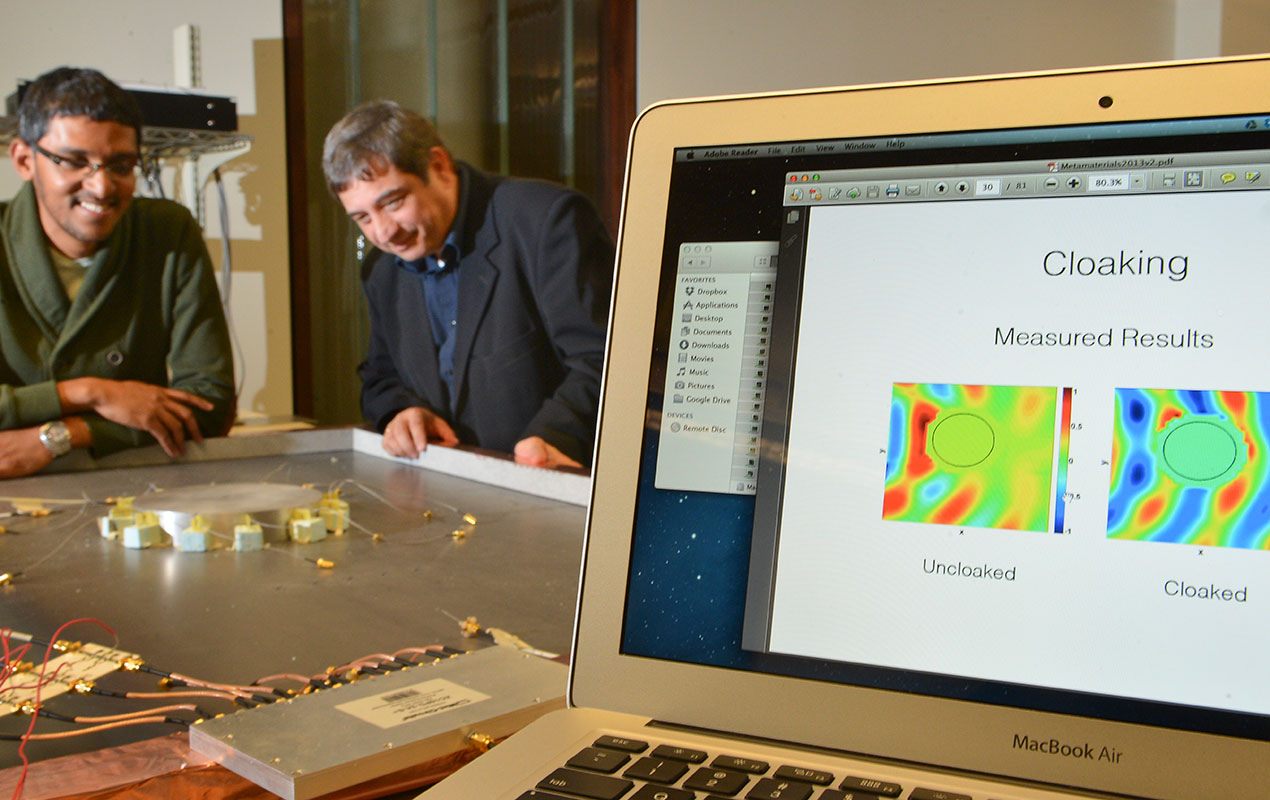
In 2016, the U.S. put out a call for proposals to create invisible uniforms, which would cloak wearers from all angles and in all terrains. It's not clear how far that project got, but the idea of cloaking an object to be invisible at certain wavelengths isn't that outlandish. In 2006, scientists showed it was possible to bend light around objects made of certain materials, known as metamaterials, effectively rendering them invisible at certain wavelengths. And in 2015, a scientist said he had invented a ceramic, ultrathin material that was invisible at many wavelengths, the Army Times reported. The idea of making something effectively invisible isn't totally new: Stealth bombers already use a special coating that makes them nearly invisible to radar and infrared and hard to see in the visible light spectrum.
Pain rays
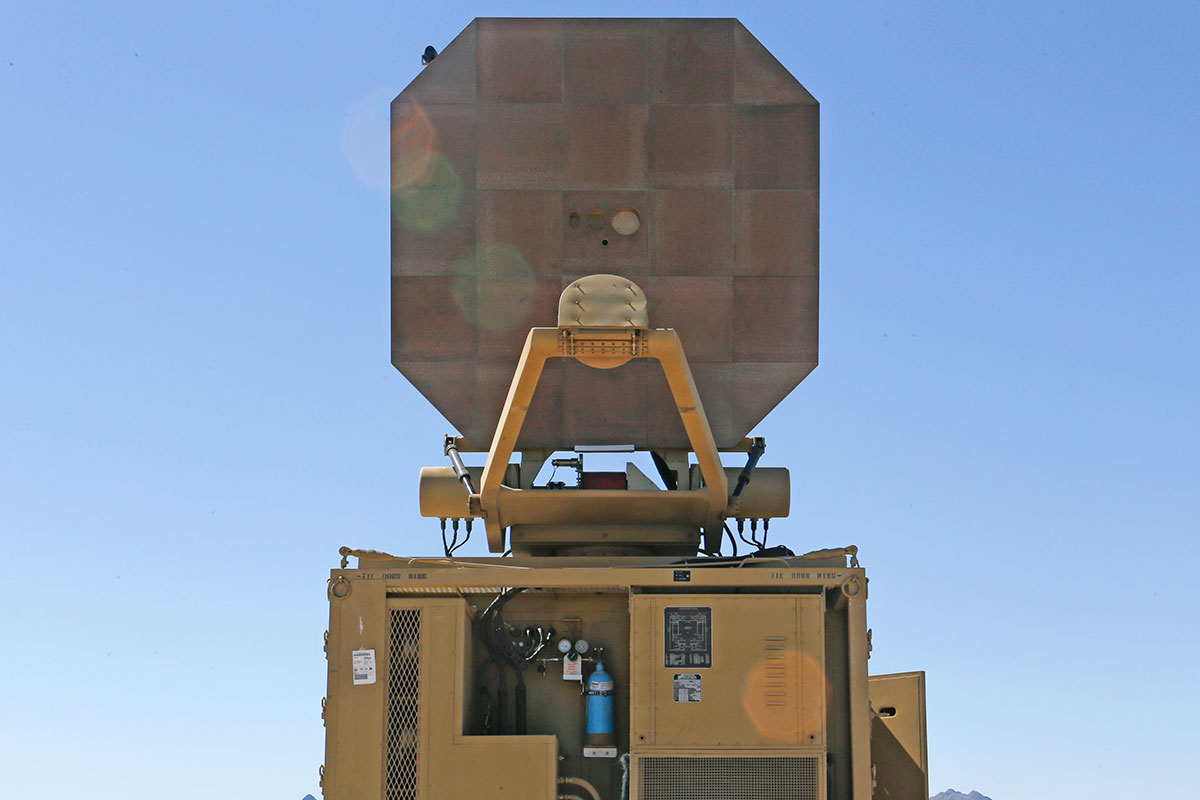
When it comes to weapons, what doesn't kill you can still make you hurt very, very badly. The U.S. military has been working actively on a nonlethal weapon called an "active denial system," aka, the pain ray. This ray zaps people with radio waves that heat up tissue, creating a painful burn. The objective? Keep suspicious people away from military bases without having to kill the individuals, according to Wired. The current iteration is used only on mounted vehicles, but the military said it hopes to miniaturize the weapon. In 2012, ABC7 reported that a similar version of the pain ray was being tested on inmates at the Pitchess Detention Center's North County Correctional Center in Los Aneles, intended as a tool to break up prisoner fights.
The sticky grenade
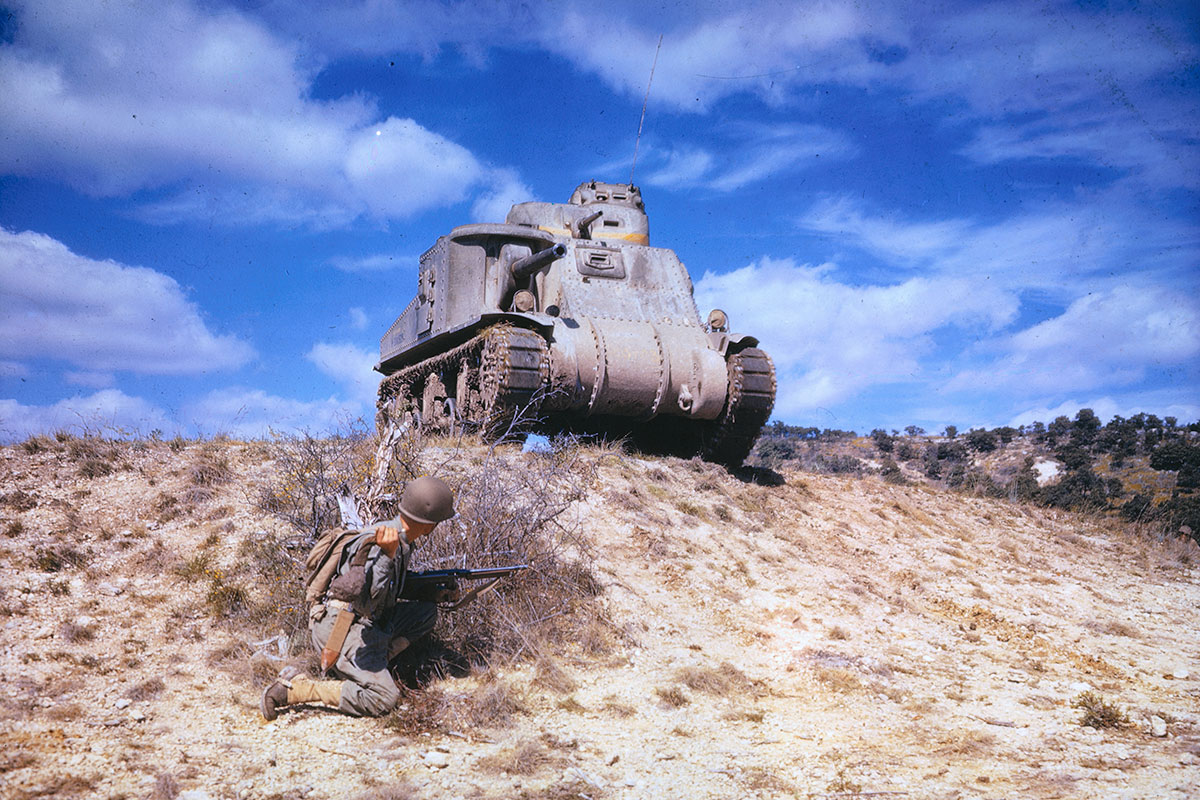
The sticky grenade was yet another of the outlandish weapons devised by the British during World War II. To use the weapon, soldiers would release a pin that removed the grenade's protective casing, revealing a sticky surface on the weapon that could be used to attach it to enemy tanks, according to the BBC. Though the explosives board disapproved of the idea, Winston Churchill was a fan, and over the course of World War II, 2.5 million sticky bombs were produced and used in North Africa, Greece and other locales. Unfortunately, sticky bombs had a number of design flaws; the grenades often failed to stick to tanks if they were dirty, but did tend to cling to soldier's uniforms. This was likely hair-raising in the 5 seconds before the fuse detonated.
Puckle gun
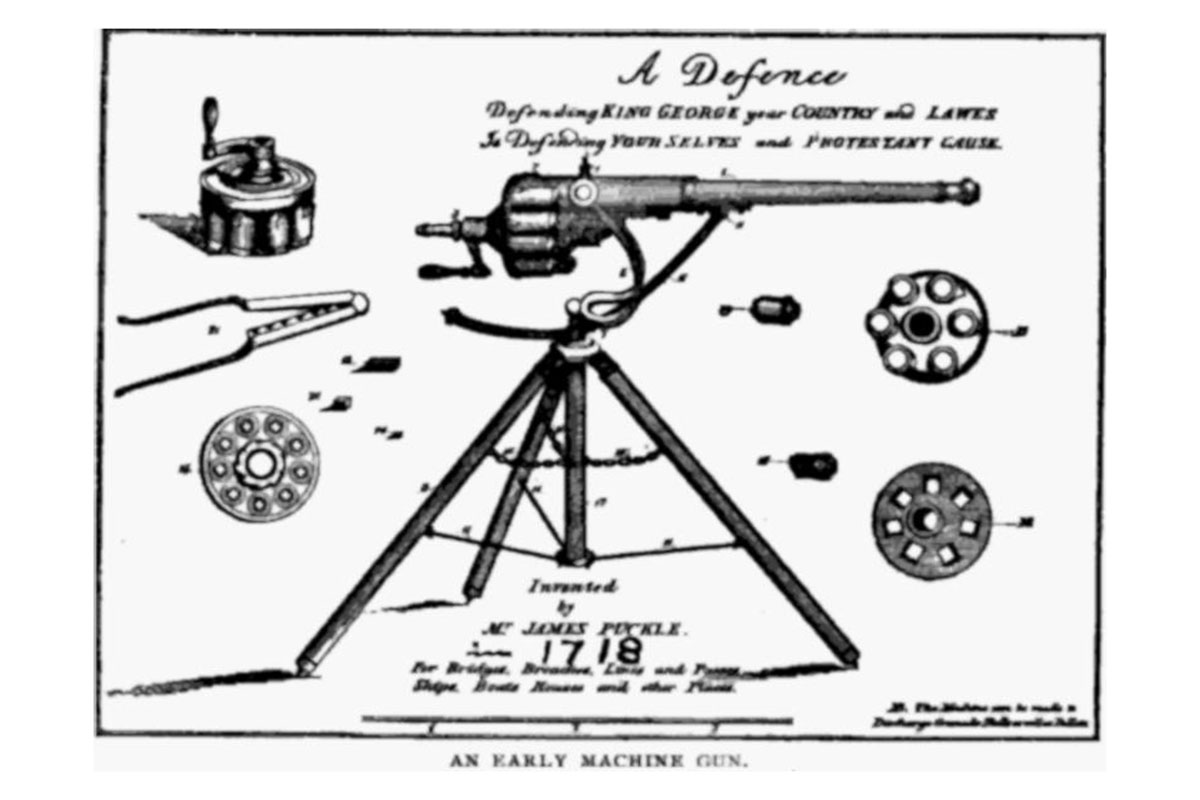
The Puckle gun was patented by lawyer James Puckle in England in 1718. The gun fired square instead of round bullets, which were apparently designed to inflict maximum pain and injury on victims. According to the patent, the point of the square bullets was to "convince the Turks of the benefits of Christian civilization." The Puckle gun, which could fire nine bullets per minute, was the world's first machine gun, according to Historic U.K., but it was never picked up by the British military, because its firing mechanism was too unreliable. Ultimately, the Puckle gun never became successful, according to Historic U.K.
Sign up for the Live Science daily newsletter now
Get the world’s most fascinating discoveries delivered straight to your inbox.

Tia is the managing editor and was previously a senior writer for Live Science. Her work has appeared in Scientific American, Wired.com and other outlets. She holds a master's degree in bioengineering from the University of Washington, a graduate certificate in science writing from UC Santa Cruz and a bachelor's degree in mechanical engineering from the University of Texas at Austin. Tia was part of a team at the Milwaukee Journal Sentinel that published the Empty Cradles series on preterm births, which won multiple awards, including the 2012 Casey Medal for Meritorious Journalism.










